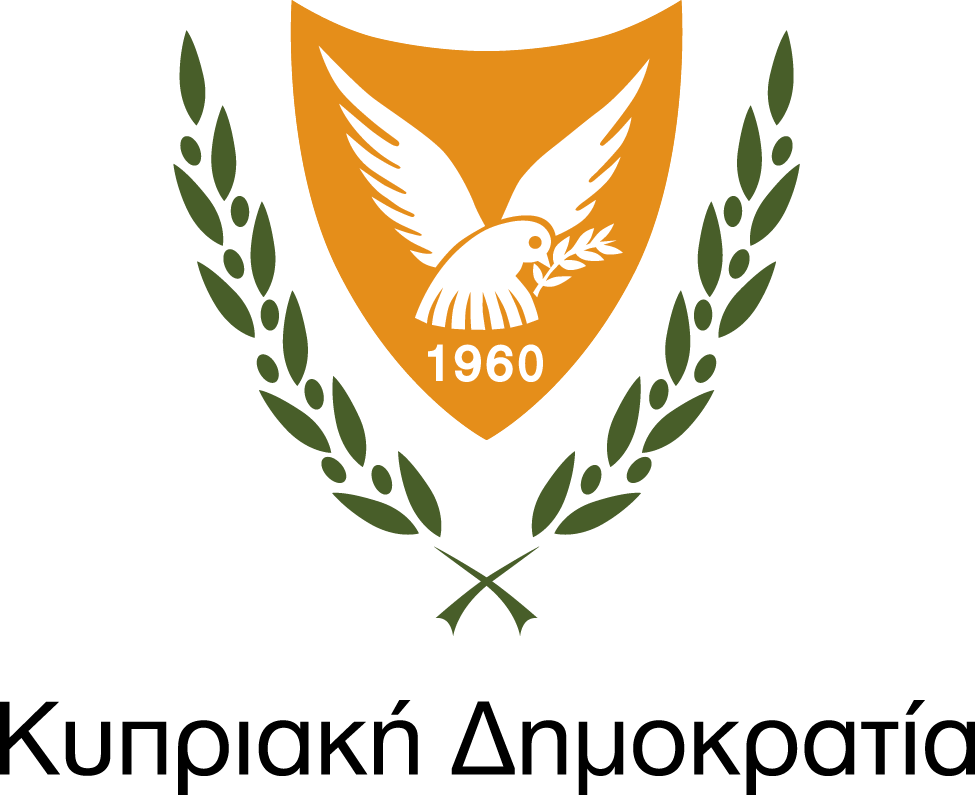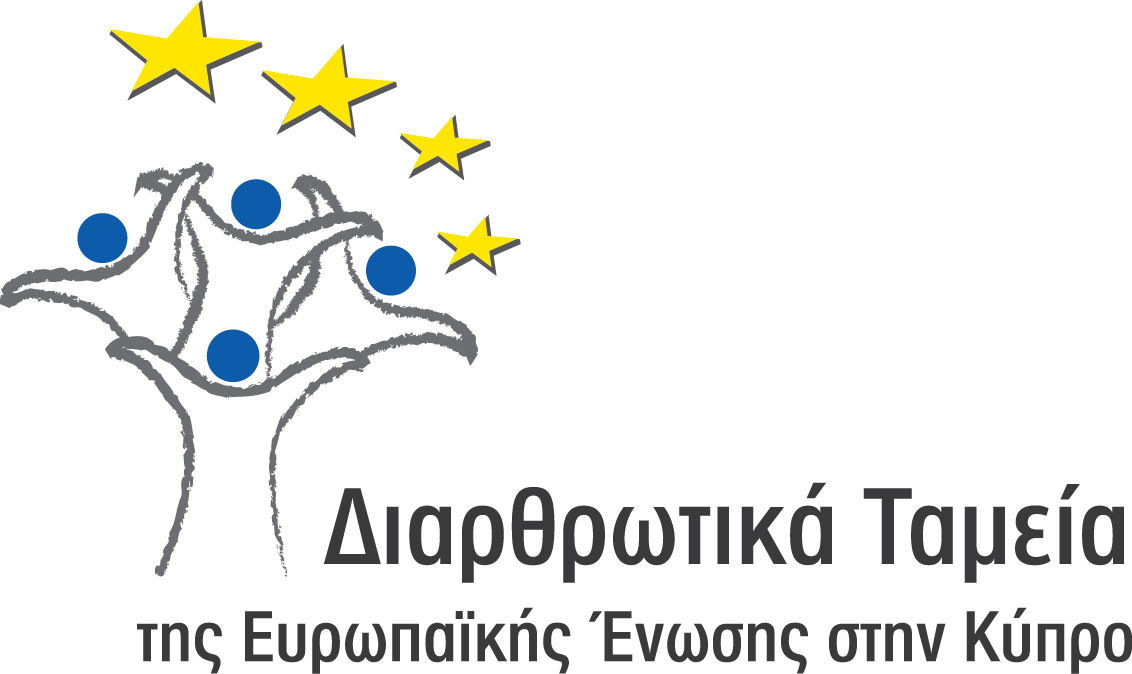 |
 |
 |
The ultimate objective of the Retrospective modelling and prediction of Ionospheric weather (REMAP) project is to embark on innovative research activities in order to enhance the research potential in Cyprus at the Cyprus Ionospheric Research Group (CyIRG) at Frederick Research Center under a collaboration with established fellow scientists from Pushkov Institute of Terrestrial Magnetism, Ionosphere and Radio Wave Propagation, Russian Academy of Sciences. The main scientific aim is to advance scientific excellence in ionospheric modelling and monitoring. One aspect of this effort will be based on the valorization of the Digisondes at Nicosia and Moscow and the unique auto-scaled fof2-hmF2 datasets hosted on various databases all over the globe. A second goal is to advance scientific excellence in the field of global ionospheric modeling to enhance the IRI-Plas model representation by improving the solar representation of the well-known CCIR coefficients and by exploiting past GNSS radio occultation (RO) datasets to validate the topside representation of this model. A unique study will also be undertaken to apply the powerful height-time-reflection intensity (HTI) technique on ionograms from Nicosia and Moscow for visualization and statistical investigation of an array of ionospheric phenomena such spread F and Intermediate Descending Layers that develop into sporadic E layers.
The project consists of 6 work packages:
WP1. Project Management
WP2. Dissemination Activities
WP3. Data collection and database preparation
WP4. Global mapping F2 layer peak parameters
WP5. Renovation of IRI-Plas forecasting model
WP6. Nicosia-Moscow Sporadic E and spread F investigation
The primary objective of the proposal is to establish a collaboration between Cyprus and Russia to conduct mutual ionospheric studies exploiting the expertise of the corresponding ionospheric research groups in the two countries. The results and the subsequent analysis will aid towards improved understanding of the upper atmosphere environment over Nicosia and Moscow and especially of the morphology and climatology of ionospheric irregularities over a significant latitudinal extent also enhancing the knowledge on the coupling mechanisms between high-midlatitude (Moscow) and low-mid–European-latitude (Nicosia) ionosphere.
The scientific and technological objectives of the proposal are the following:
- Development of original method for spatial interpolation for instantaneous global maps of foF2 and hmF2 from the data of the global ionosonde network.
- Promotion of IRI-Plas model to renewed ISO Standard for the ionosphere and plasmasphere.
- Calculation of modified coefficients of expansion of the climate maps of foF2 and hmF2 into spherical harmonic series for application with IRI and IRI-Plas models after re-calibration of the long-term time series of the sunspot numbers SSN2.
- Development and implementation of scripts for re-formatting the source data of foF2 and hmF2 for formats specific for modification of IRI-Plas model and for spherical harmonic analysis.
- Development of original indices of the ionospheric variability with dynamic thresholds related to a range of data relative the quiet reference applicable with any spatial and temporal variations of the ionosphere.
- Original estimates of precursors of model driving indices and their interoperability prior to depending of the region on the Earth (geographic and geomagnetic coordinates), season, local time and level of solar activity.
- Producing retrospective database of the instantaneous critical parameters of the ionosphere foF2, hmF2 and ionosphere weather WoF2 indices with produced mapping technique.
- Assimilation of retrospective database of instantaneous maps of foF2 and hmF2 by IRI-Plas model for production of synthesized maps of total electron content GIM-TEC from 1957 to present.
- Investigation of propagation of transient phenomena in the ionosphere such as the sporadic Es layer and F-spread from high to low latitudes along the meridian of 35-37o E, including joint observations with digisondes of IZMIRAN and FRC.
- Create a prototype of the ionosphere model of IRI-Plas-forecast at IZMIRAN and its application for numerical experiments for evaluation of the Earth’s regions of enhanced risk of ionosphere disturbances.
- Development of a web-portal for production of the retrospective database of instantaneous maps of foF2, hmF2, WoF2 and ТЕС from 1957 to present.
- Calculations of the retrospective database of instantaneous maps of foF2, hmF2 and WoF2 with developed technique and providing the instantaneous maps at web-page of FRC.
- The third technical objective is to assemble a unique dataset of RO EDPs which will be validated against collocated (in space and time) European ionosonde EDPs through manual scaling of the corresponding ionograms from Global Ionospheric Radio Observatory (GIRO) and use that to validate IRI-Plas model.
Researchers
Haris Haralambous / Frederick Research Center
Christina Oikonomou / Frederick Research Center
Theodoros Leontiou / Frederick Research Center
Marios Charalambides / Frederick Research Center
Gulyaeva Tamara / Pushkov Institute of Terrestrial Magnetism, Ionosphere and Radio Wave Propagation, Russian Academy of Sciences (IZMIRAN)
Pustovalova Ljubov / Pushkov Institute of Terrestrial Magnetism, Ionosphere and Radio Wave Propagation, Russian Academy of Sciences (IZMIRAN)
Shubin Valentin / Pushkov Institute of Terrestrial Magnetism, Ionosphere and Radio Wave Propagation, Russian Academy of Sciences (IZMIRAN)